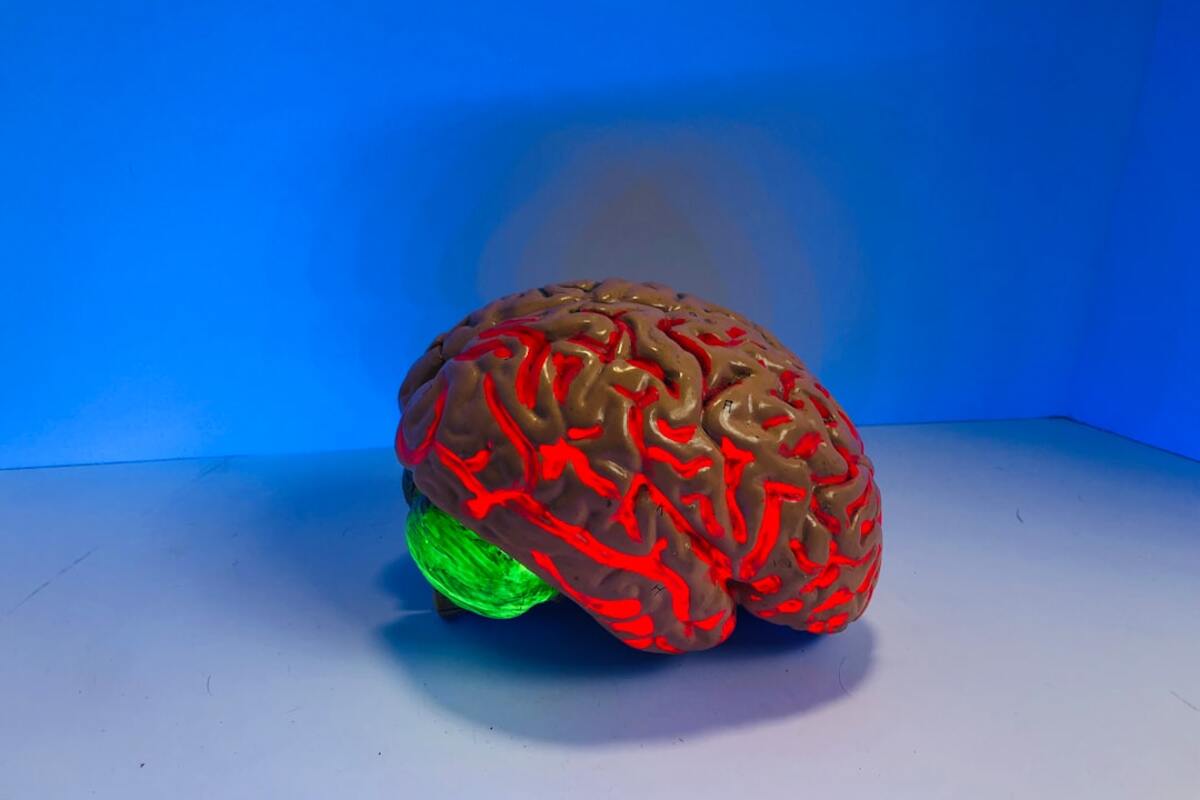Unveiling the Brain's Secrets: The Role of Connectomics in Understanding Neural Networks
Connectomics is revolutionizing cognitive science by mapping the brain's intricate neural networks, shedding light on mental processes and disorders.

- Connectomics provides a detailed map of neural connections, offering insights into brain functionality.
- Advanced imaging technologies are pivotal in capturing the complex architecture of the brain.
- Understanding neural networks can lead to breakthroughs in treating mental disorders and enhancing brain-machine interfaces.
Introduction to Connectomics
Connectomics is a cutting-edge field within neuroscience that aims to map the myriad of connections within the brain. This emerging discipline combines advanced imaging technologies, computational neuroscience, and molecular biology to create a comprehensive map of neural pathways. These maps are known as 'connectomes' and are crucial for understanding how brain networks contribute to behavior, cognition, and neurological diseases.
The human brain is an intricate organ composed of approximately 86 billion neurons, each forming thousands of synaptic connections. The complexity of these connections is what makes the human brain capable of advanced functions such as language, reasoning, and emotion. By studying the brain's connectomic architecture, researchers hope to unravel the mysteries of consciousness, intelligence, and a host of cognitive functions.
Advanced Imaging Technologies
One of the core components of connectomics is the use of advanced imaging technologies. Techniques such as diffusion tensor imaging (DTI), electron microscopy (EM), and functional magnetic resonance imaging (fMRI) play a vital role in visualizing the brain's intricate networks.
DTI allows researchers to map the diffusion of water molecules along white matter tracts, providing insights into the connective architecture. EM, on the other hand, offers ultra-high resolution images of neural tissues, enabling scientists to observe synaptic connections at the micro-level. fMRI provides functional insights by tracking blood flow changes associated with neural activity, linking structural connectivity with functional outcomes.
- Diffusion Tensor Imaging (DTI): Visualizes white matter tracts.
- Electron Microscopy (EM): Offers detailed images of synaptic connections.
- Functional MRI (fMRI): Tracks neural activity through blood flow changes.
These imaging modalities, when used in conjunction, offer a powerful toolkit for unraveling the complex organization of neural networks and understanding their role in cognitive processes.
Implications for Mental Health and Brain-Computer Interfaces
The insights gained from connectomics have far-reaching implications for both clinical and technological applications. In the realm of mental health, understanding the connectivity patterns associated with disorders such as schizophrenia, depression, and autism can lead to more targeted therapeutic strategies. For example, alterations in the connectome have been linked to symptoms of these disorders, paving the way for connectivity-based biomarkers and interventions.
Moreover, connectomics is instrumental in the development of advanced brain-machine interfaces (BMIs). By elucidating the neural pathways responsible for motor control and sensory processing, researchers can design more efficient BMIs that restore function in individuals with motor impairments. This involves creating precise maps of connectivity that guide the interface's ability to interpret and respond to neural signals.
The journey of connectomics is still in its nascent stages, yet its potential to revolutionize our understanding of the brain is immense. As imaging technologies advance and computational models become more sophisticated, the field of connectomics will continue to shed light on the brain's enigmatic operations and offer novel solutions to some of the most challenging neurological disorders.
